The Apex Predator
Let’s learn a bit more about coyotes, shall we?
There are some myths about coyotes and predators in general that I think you should know are NOT TRUE!
First of all; “Predators only take out the sick, weak and injured.” … WRONG. Most predators are opportunistic and will take what’s available at the moment. If that’s and injured animal then so be it. But, the fact is, they don’t often take the “sick”. Coyotes, especially, have a keen sense of smell and can detect when an animal is sick. Often they leave the sick prey alone because something just doesn’t smell right and they move off to find a more appetizing meal.
Presented with a defenseless young fawn, nest full of eggs or hatchlings from a ground nesting bird or a burrow full of baby rabbits and they will opt for the easy meal.
Coyotes are runners. If another animal gives chase they will go after it.
Second; “Coyotes do not attack adult deer.” Wrong again. Not only will they go after adult deer, they will bring down and eat even the heathiest of bucks if that’s what they find. At times, a mother doe will stand against them and fight for her young fawn. But the hungry coyote is just happy eating her as the fawn and may even return later to take out the now unguarded baby.
Another myth; “Coyotes don’t hunt in packs.” Sorry. We have too much photo and video evidence to believe that any longer.
And probably the worst myth; “Predators kill their prey quickly by going for the throat.” Nope! Coyotes actually prefer to attack from the rear. This is their safest approach as antlers and front hooves can quite dangerous. Most of their victims go down long before death occurs and are very much alive when the coyote begins to eat them.
I take this opportunity to share some photos with you that help to bust up these myths. Be fare warned, though. Some of these photos are quite graphic and could be disturbing to children or people with weak constitutions. Click on the first picture and you'll see the forward button above it. Brouse the photos one at a time to read the captions for each.

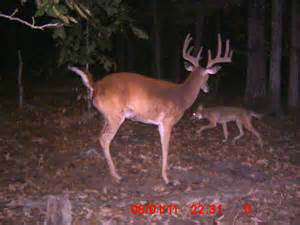
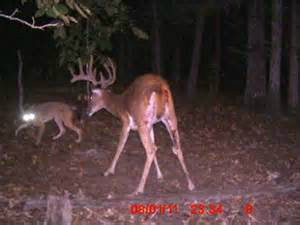

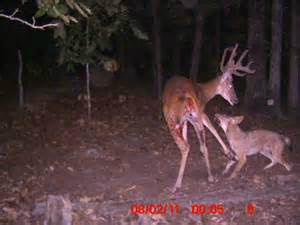
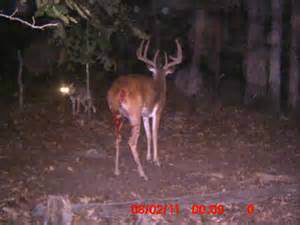

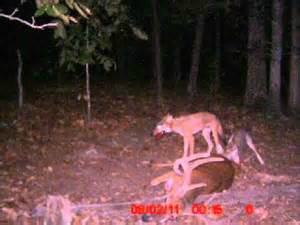
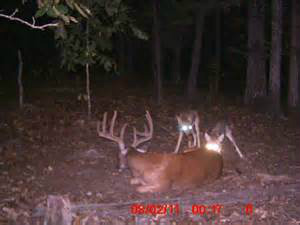


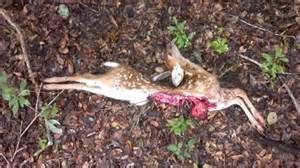
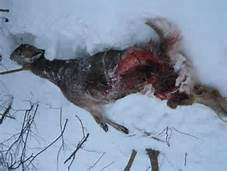
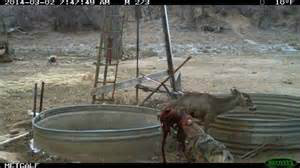


Latest comments
There is none. All that's mentioned is "native" wildlife and there are tons or restrictions there.I think there needs to be more restrictions on exotic pets just makes good sense.http://onedaytop.com/
Howdy, Mike! Welcome to my web site!
I've checked the regulations for some mention of exotics. There is none. All that's mentioned is "native" wildlife and there are tons or restrictions there.
I think there needs to be more restrictions on exotic pets just makes good sense. If allowed only qualified people with proper facilities shold be able too .But dont understand why I cant gig frogs!